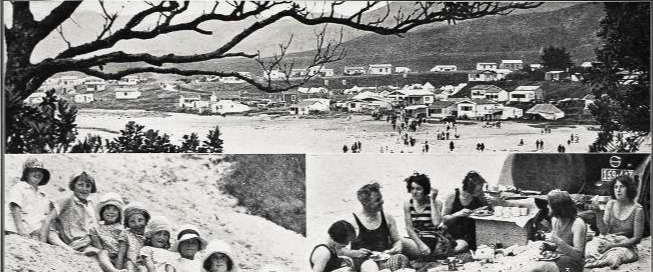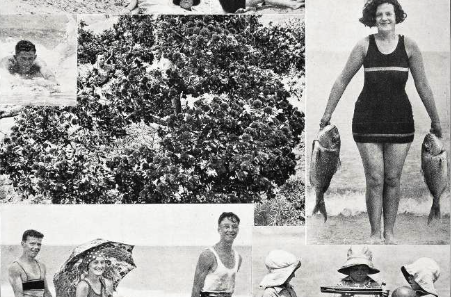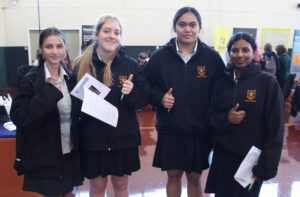As part of a Valley Profile series, MEGHAN HAWKES searches through old newspapers to bring you the stories Thames Valley locals once read about themselves.
An almost endless stream of vehicles flowed through the Thames Valley during the 1938 summer holiday season. Roads were thronged with cars, caravans, trailers, lorries, motorcycles and bicycles.
Camping gear, tents and blankets were prominent among the luggage piled high on carriers and back seats. The great variety of design in caravans and tents was breathtaking. Huge caravans, in size rivalling and even outclassing the big modern cars, were now the acme of comfort and luxury – fitted with all manner of conveniences, radio, cooking apparatus, bunks, armchairs, settees, and tables.
A very popular form of shelter was the tent fly on two poles opening on to the parked car. This provided cover for sleepers, diners or loungers, and was very easily erected or dismantled. More people now had motor vehicles and very few were willing to stay at home if they could get away for even two or three days, while one day picnics were very popular with dairy farmers’ families who had to consider the tie of the cows. The Thames coast, Whitianga and Waihī beach, Paeroa and the Hauraki Plains also carried a large quota of local holidaymakers.

One who had discovered the delights of peninsula camping around ten years earlier was the legendary outdoorsman and novelist Zane Grey who made Mercury Bay his deep sea fishing headquarters in 1928, returning for several years thereafter.
He established a camp about nine miles from Mercury Bay wharf on a terrace shaded by giant pōhutukawa trees. In his inimitable drawl he told a Thames Star reporter “I’ve had a simply wonderful time at Mercury Bay. The fishing ground there is, I think, the best in the world.” As well as his deep sea fishing parties, Grey indulged in photography and filming. In 1933 he intended to make a film of the great leaping mako shark which had yet to be adequately photographed. He had a very up to date movie camera and a telephoto model capable of recording scenes at great distances.

Thrillingly, several men from Hollywood came with him. But in 1933 Zane Grey’s party suddenly broke camp. This was understood to be due to bad weather although there were rumours that other factors influenced it.
He never returned to Mercury Bay. His swashbuckling manner did not always go down well with locals but he did more to promote New Zealand big game fishing than any other angler.
Promoting Coromandel was on the county council’s agenda in 1942. A scheme was outlined for publicising the Peninsula with a view to attracting factory and other city workers to Coromandel for their Christmas break. Coromandel was only 40 miles by sea from Auckland and was an ideal place for a few days’ rest and change.
The new launch Maretana would run daily through the holidays. Beautiful camping grounds were available all over the county, and the time seemed opportune to make it known.
First-class hotel accommodation was also available. A council representative was instructed to go to Auckland and start preliminary arrangements for the campaign. Slides were screened in city picture theatres and short talks given over the radio.
A ‘Health Holiday’ was the tempting tag line used at Waihī Beach in 1938. Billed as being on the ‘beautiful health restoring coast, it boasted it had the finest beach in New Zealand. Waihī Beach featured a remodelled motor camp, lit by electricity, with good water and a store that renewed fresh stocks of food daily.
There were four hard tennis courts and ideal surfing conditions watched over by a vigilant surf club patrol. Surf boards and surf-o-planes were for hire. There was a movie twice weekly and a nightly dance at the Cabaret which promised fun and all the holiday health giving benefits of soft drinks, chocolates and cigarettes.




